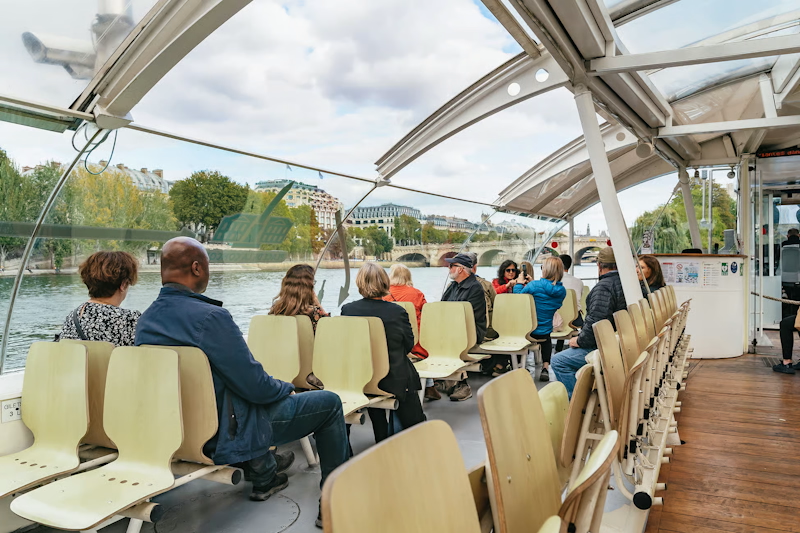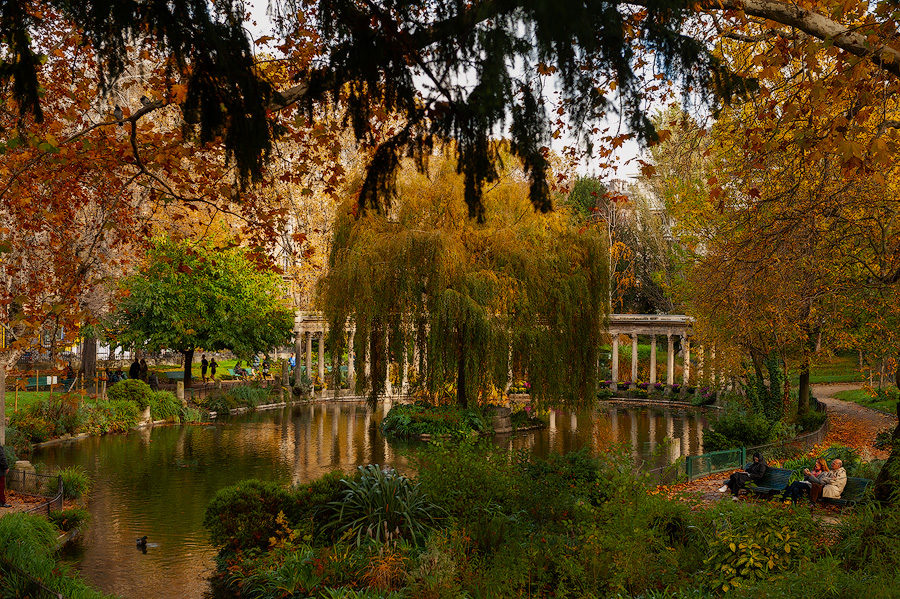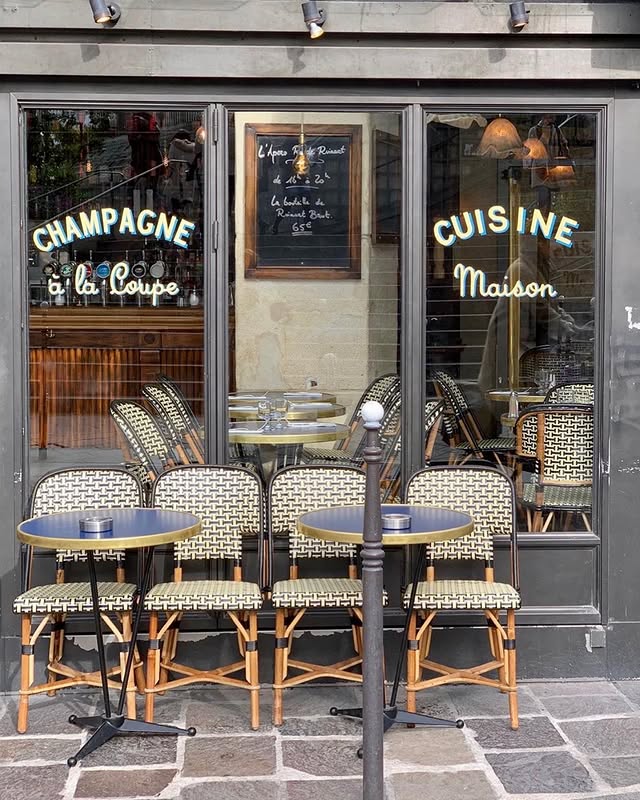7 Smart Tips for Visiting Paris with Limited Energy or Mobility
Exploring Paris is deeply rewarding, even if your energy or mobility is limited. The key is to plan with comfort, access, and pacing in mind.
Here’s how to enjoy the city without exhausting yourself, while still making space for memorable moments.
1. Getting Around Without Wearing Yourself Out

Paris has an extensive transport system, but not all options are equally comfortable or accessible. Taxis and Uber-like services are the easiest way to avoid long walks, stairs, and crowded platforms.
Buses are a good middle ground. They accept wheelchairs, are quieter outside rush hours, and let you see the city as you travel.
The Batobus along the Seine is a scenic and relaxed alternative. A 2-day pass lets you hop between popular stops while enjoying the view. Mid-morning or mid-afternoon is the best time for avoiding crowds.
An open-top sightseeing bus is another low-energy option that allies sightseeing, seating, and a bit of fresh air without the constant need to get on and off.
2. Choosing Quiet and Restful Spots

In Paris, you can find lots of beautiful outdoor spaces where you can recharge. Jardin du Luxembourg with its statues and moveable chairs is ideal for a slow morning or afternoon.
Jardin des Plantes has green space and cultural attractions close to each other. Parc Monceau and Parc des Buttes-Chaumont are leafy escapes within the city.
The Parc Floral de Paris and Serres d’Auteuil also have great botanical interest.
For a peaceful experience away from the main tourist routes, La Cité Internationale Universitaire is a large, calm area dotted with buildings designed in the style of different countries.
Village Saint-Paul in Le Marais has a historic feel and quiet cafés. Covered passages like Galerie Vivienne and Passage des Panoramas are sheltered, calm places with beautiful architecture.
If you want a view without climbing steps, the Tour Montparnasse’s observation deck has a sweeping panorama of the city with elevator access.
3. Picking the Right Museums
Many Paris museums loan wheelchairs free of charge with just an ID. Check accessibility details on museum websites before visiting.
If you want an easy, quiet experience, the Musée d’Art Moderne de Paris is spacious and calm. The Cité de l’Architecture et du Patrimoine is almost fully wheelchair-accessible, rarely crowded, and has a stunning Eiffel Tower view.
The Musée Marmottan, Musée Rodin, Musée Bourdelle, and Maison de Victor Hugo are smaller. They offer a quieter cultural experience without the intensity of the largest institutions.
The Grand Palais‘s temporary exhibitions can also be peaceful with great outsider art.
If you do plan to visit major sites like the Louvre or Musée d’Orsay, request priority access and use elevators.
Limiting yourself to two or three museum visits over your stay can help conserve energy.
4. Eating Well Without the Noise

Crowd noise in restaurants can be draining. One way to avoid it is to book early evening tables, around opening time, when dining rooms are still quiet.
Sitting indoors at a bistro or café is also a good call as many Parisians prefer the terrace.
A relaxed alternative is to order “à emporter” (to-go) and eating in a park or along the Seine. Bastille and Port de l’Arsenal have ample street food choices.
Around Canal Saint-Martin as well, there are plenty of grocery stores for buying a picnic with wine, cheese, fruit, and bread, that you can eat in peace in pleasant seating areas.
On days when you don’t want to go out at all, services like Uber Eats work well in Paris.
5. Planning for Downtime
Treat rest as part of the trip rather than something that takes away from it. Plan breaks in gardens, at a quiet café, or back at your accommodation. Scheduling these pauses helps you make the most of your energy for the activities you care about most.
For a deeper recharge, you can book a wellness experience. The hammam at the Grande Mosquée de Paris offers spa treatments and a beautiful setting next to the Jardin des Plantes.
Maison Hauschka proposes a deliberately low-stimulation environment, soft lighting, and a courtyard with flowing water for post-treatment relaxation.
6. Managing Noise and Sensory Load
If background noise wears you down, carry ear protection you can use as needed. Foam earplugs, noise-cancelling headphones, and specialist earplugs like Loops or Etymotic filter out noise while still letting you hear conversation.
Wearing them in busy places like museums or markets can make visits more manageable.
Carrying proof of disability is useful for free or priority access. In many cases, a disabled parking placard is enough.
7. Simple Extras That Make a Big Difference
Some travelers find a walking stick with a built-in seat invaluable for taking breaks during long walks or queues. Compact versions are easier to manage in the city.
If you want an activity that’s both calming and engaging, bring a small sketchbook or watercolour kit. Spending half an hour drawing a church façade or a market scene gives you a chance to slow down and connect with the moment without being in a noisy or crowded environment.
